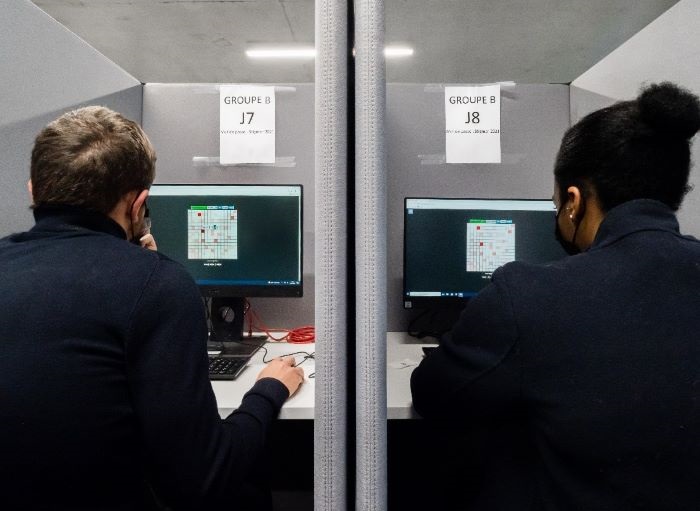
Deception or collaboration: how do we deal with Internet rating systems?
As social animals, humans communicate with and influence each other by leaving digital traces on the Internet, particularly by using star rating systems on collaborative platforms. Many e-commerce sites use this technique to allow users to share their hotel or restaurant experiences, for example. But under what conditions can these traces enable a group to cooperate, and can we trust them? In order to analyse the behaviour of humans confronted with this type of system, a team of scientists1 from the CNRS, Université Toulouse III – Paul Sabatier and the Toulouse School of Economics have developed a web application that reproduces these rating mechanisms and enables them to be studied in controlled conditions. Two conditions were tested for this study. The first rewarded participants equally, with the subjects adopting a predominantly collaborative behaviour that enabled them to succeed individually, thanks to information contained in the traces left by the other group members. Conversely, in the competitive environment, the participants primarily adopted a neutral and deceptive behaviour, favouring the sharing of unreliable information. This work, published in PNAS on October 10, highlights the conditions that enable humans to develop collective intelligence.

B : Probability of finding the best cell (the "best restaurant" analogue) in the non-competitive (blue) and competitive condition (orange). The symbols correspond to experimental results, while solid lines are model predictions. The dashed black lines correspond to the expected probabilities for two random strategies to visit the cells. In the competitive situation, the exchange of unreliable or even misleading information penalises the participants.
C : Percentage of behavioural profiles adopted by participants in the non-competitive (blue) and competitive condition (orange). “Collaborators" cooperated by leaving a trace whose intensity was positively correlated with the hidden value of the cells, while "deceptors" adopted the opposite behaviour. The ratings of "neutral" individuals did not correlate with the cell’s value.
©Guy Theraulaz/CRCA/CNRS

©David Villa/ScienceImage/CBI/CNRS
- 1The Centre de recherches sur la cognition animale (CNRS/Université Toulouse III – Paul Sabatier), the Laboratoire de physique théorique (CNRS/Université Toulouse III – Paul Sabatier) and the Toulouse School of Economics (CNRS/Inrae/Université Toulouse Capitole).
Cooperation and deception through stigmergic interactions in human groups. Thomas Bassanetti, Stéphane Cezera, Maxime Delacroix, Ramón Escobedo, Adrien Blanchet, Clément Sire and Guy Theraulaz. PNAS, October 10, 2023. DOI : https://doi.org/10.1073/pnas.2307880120

